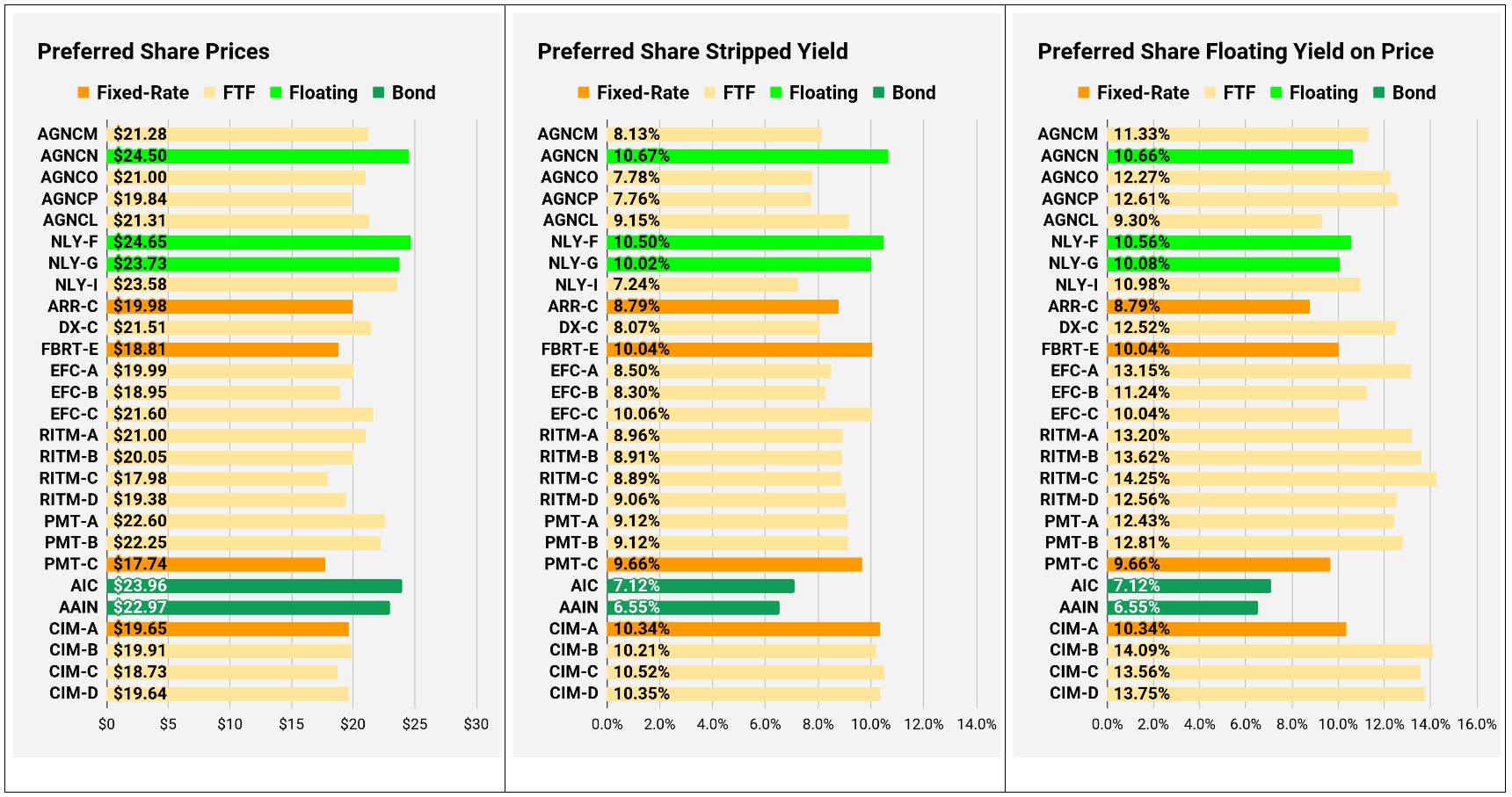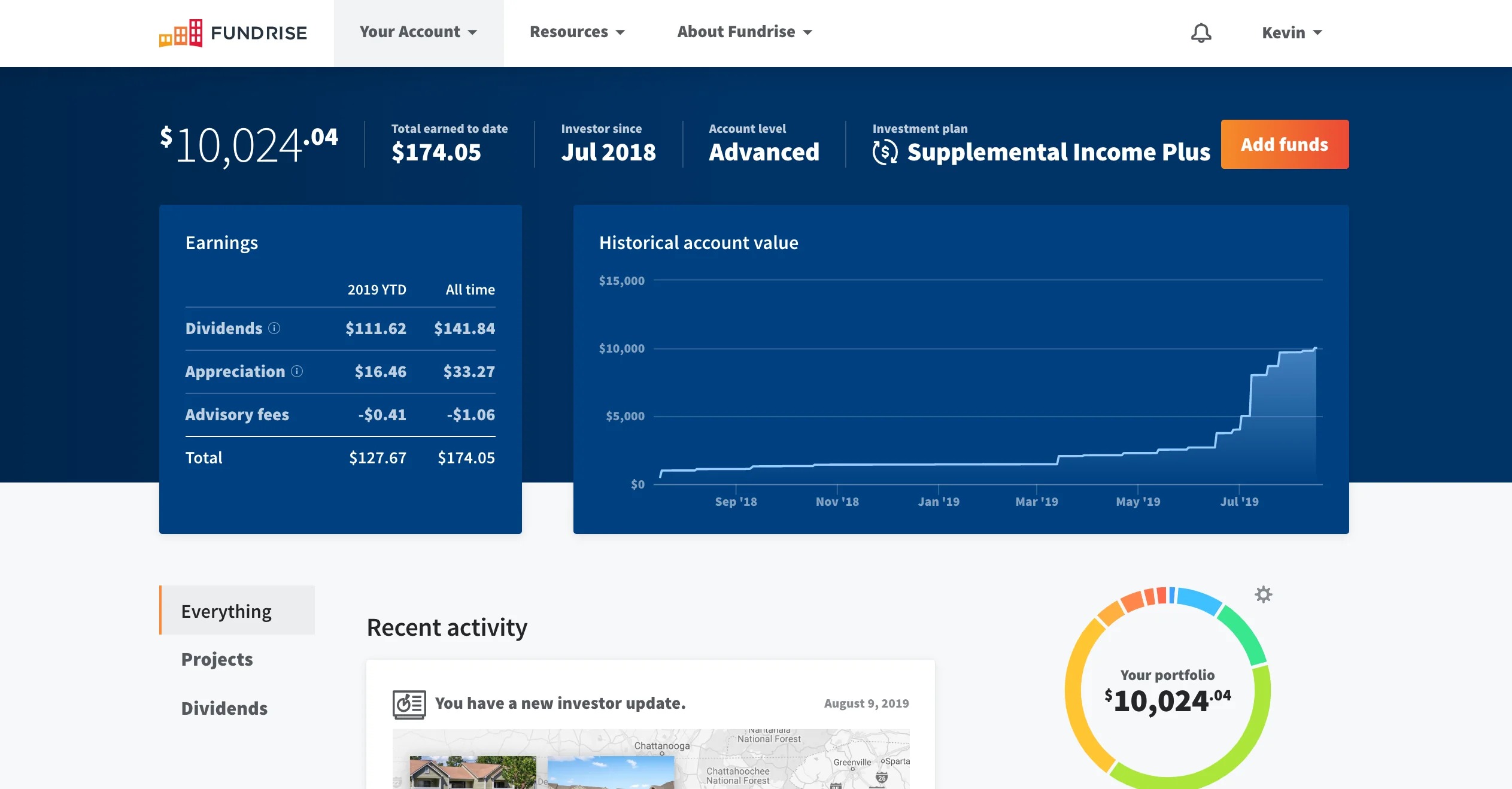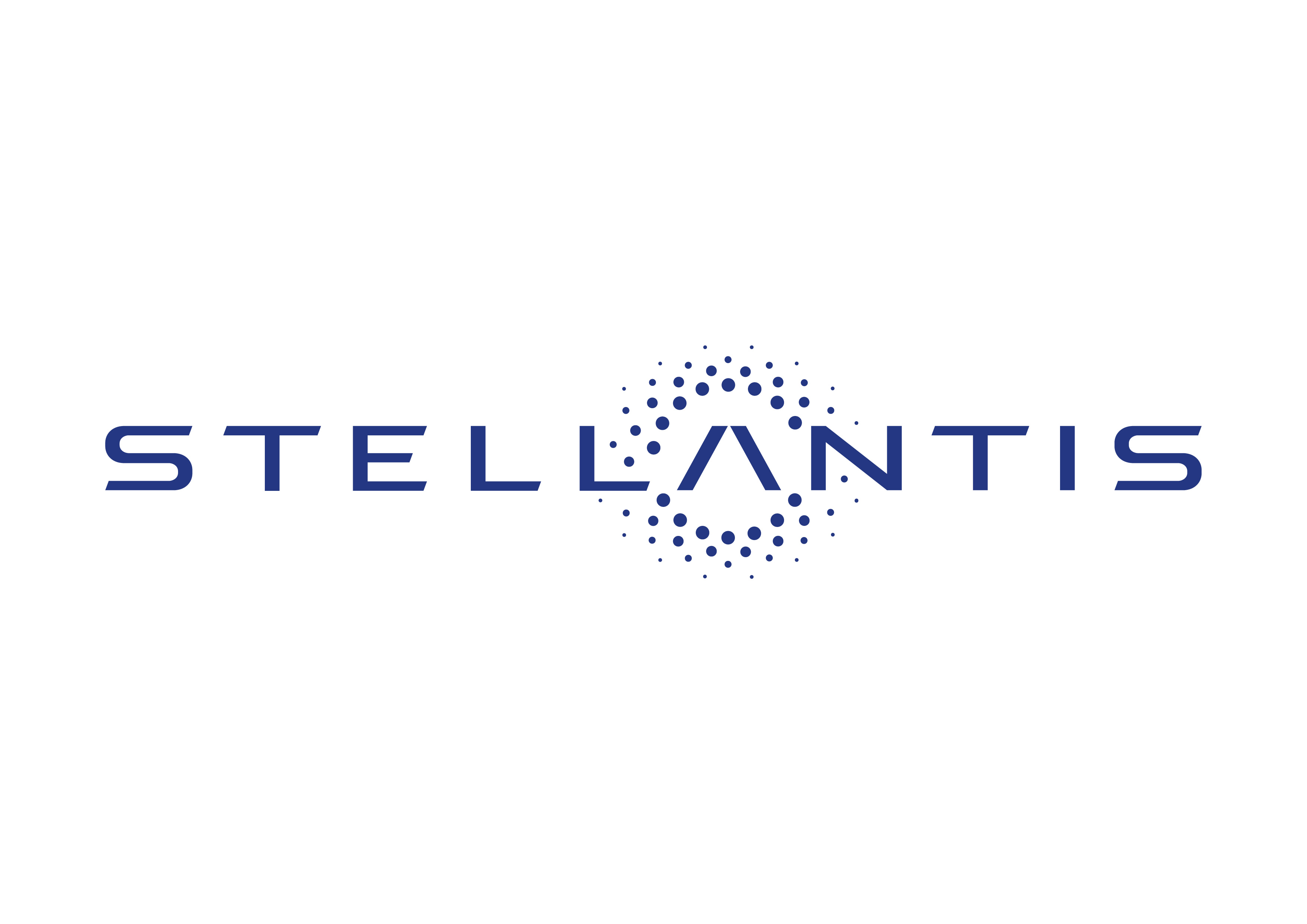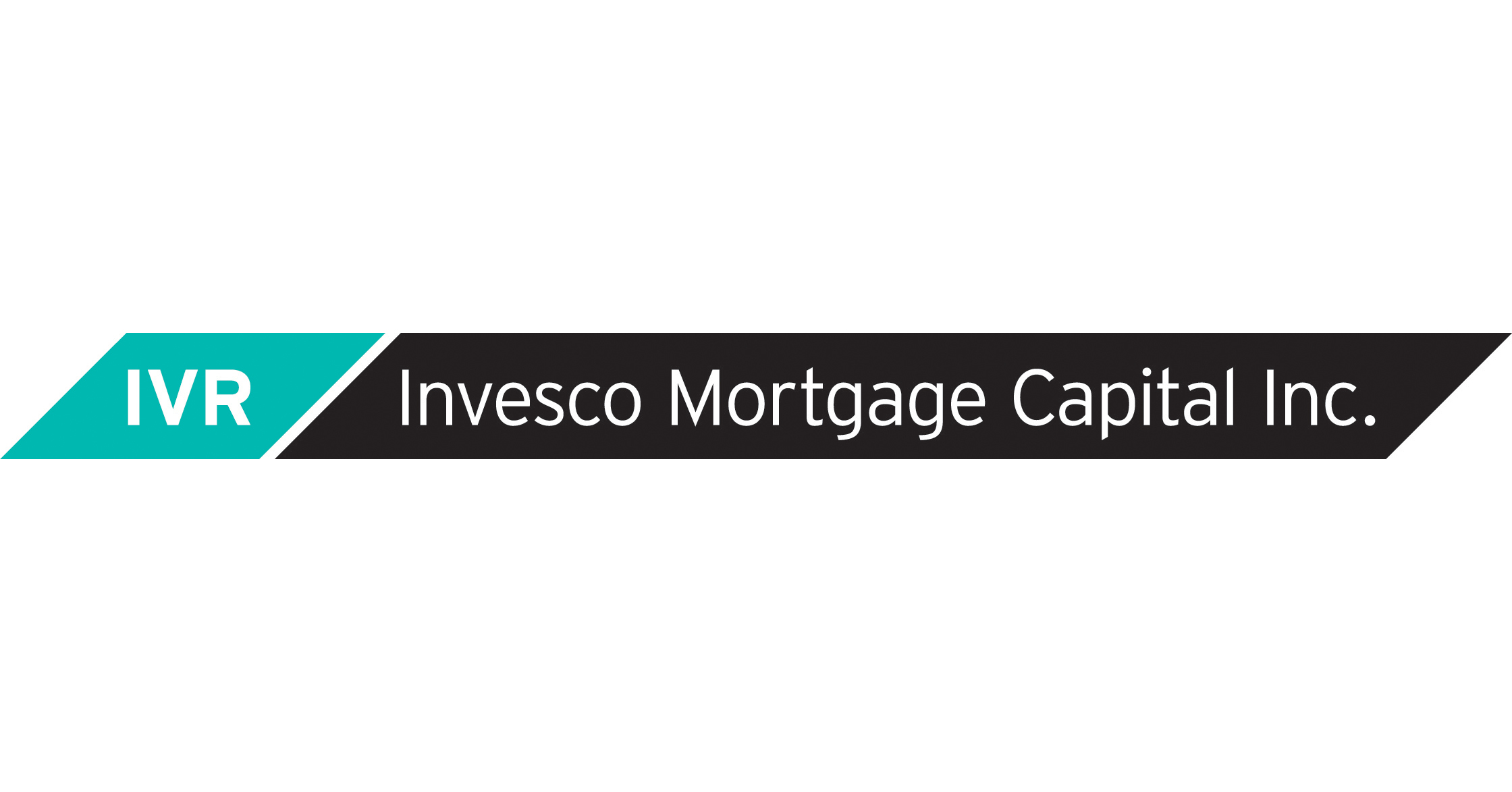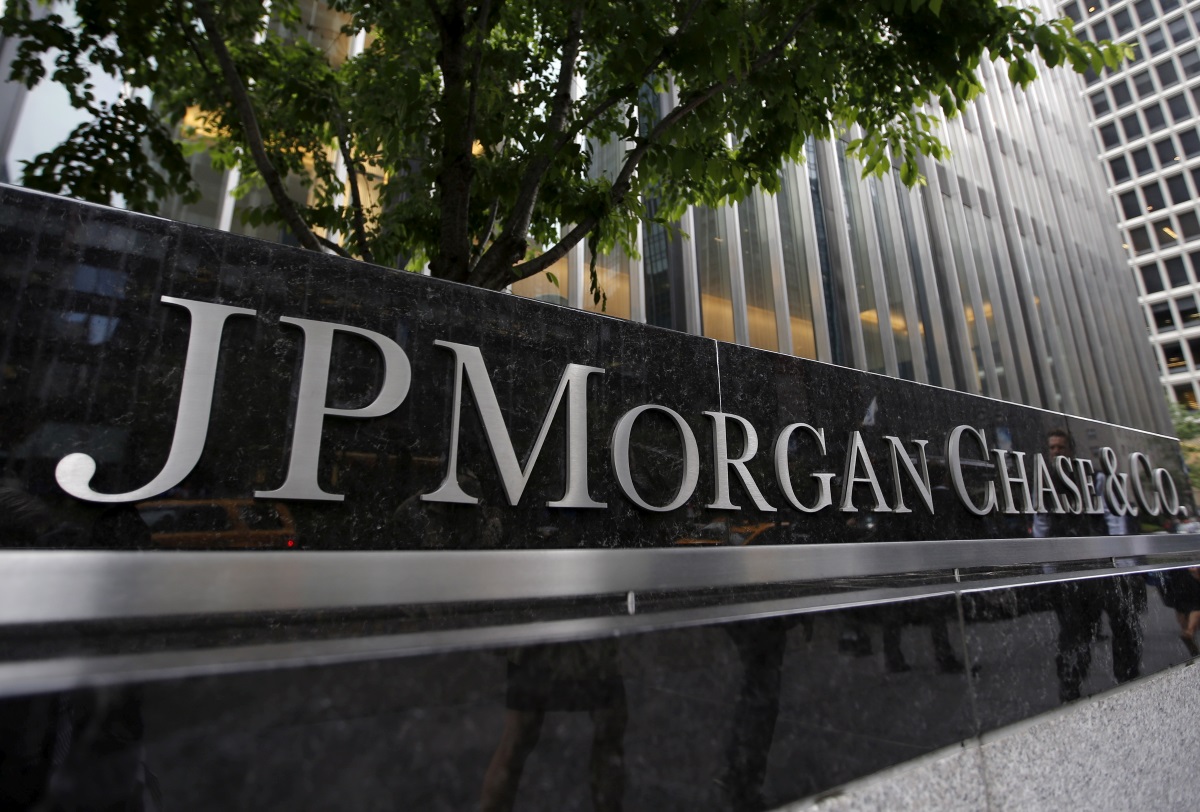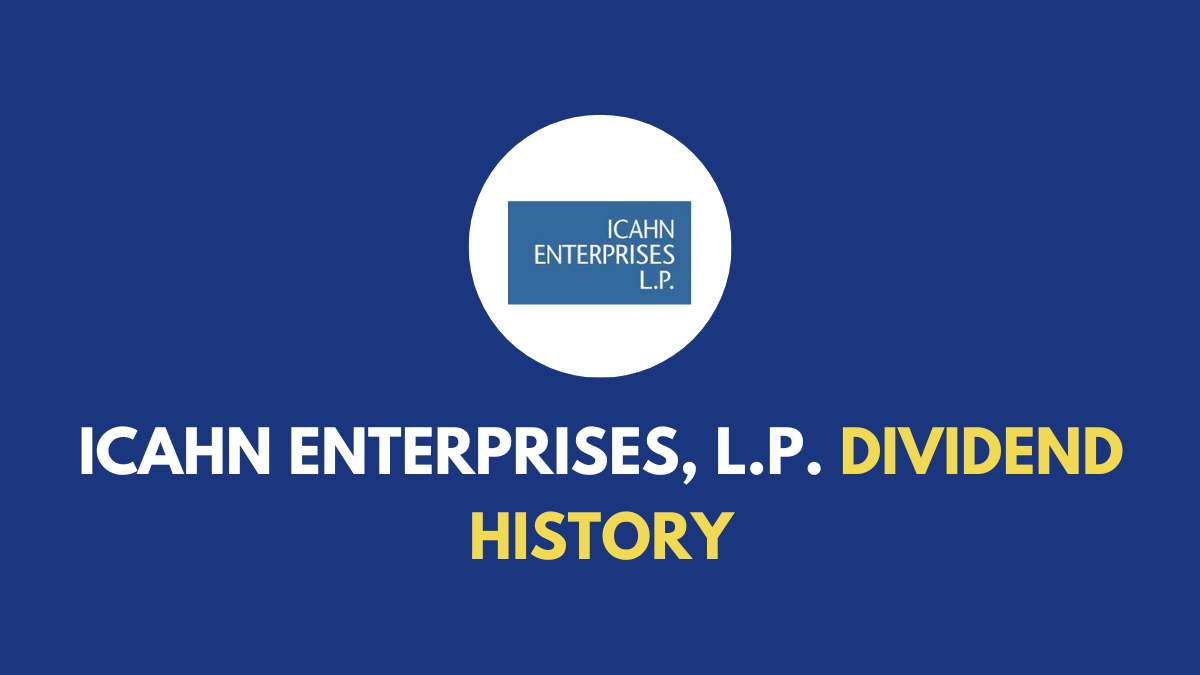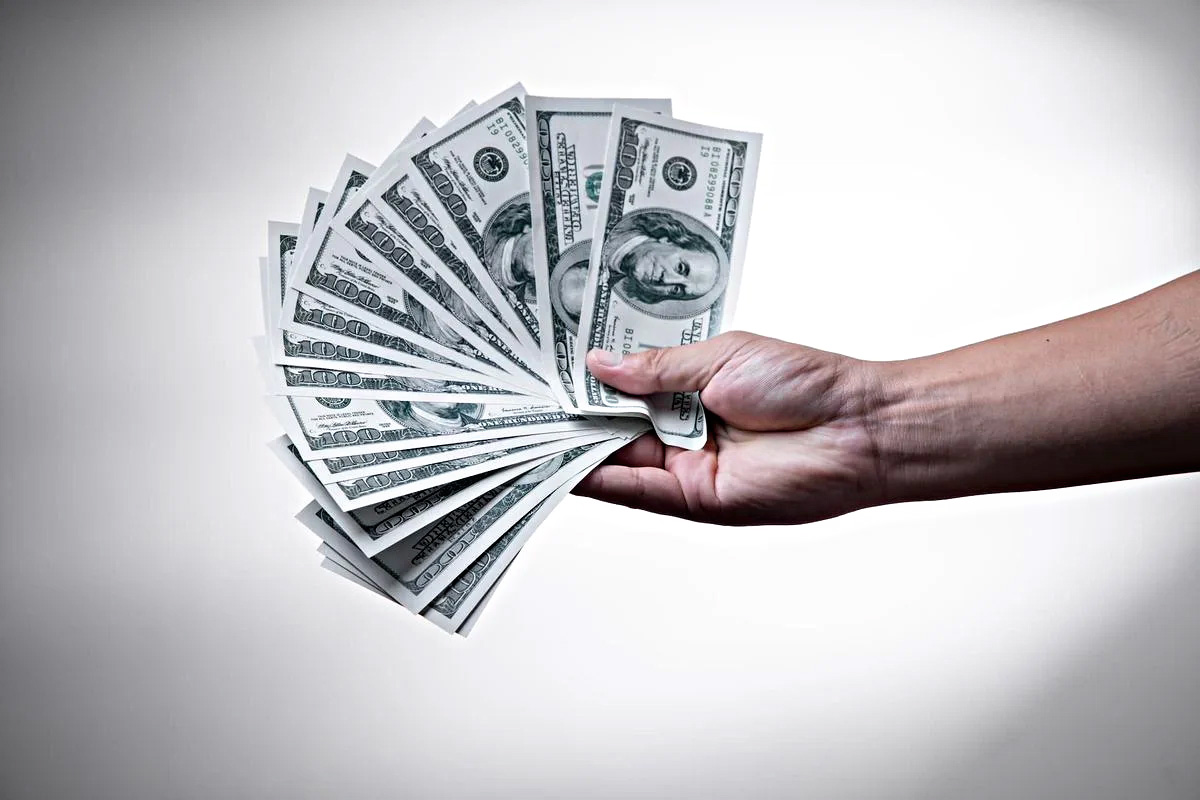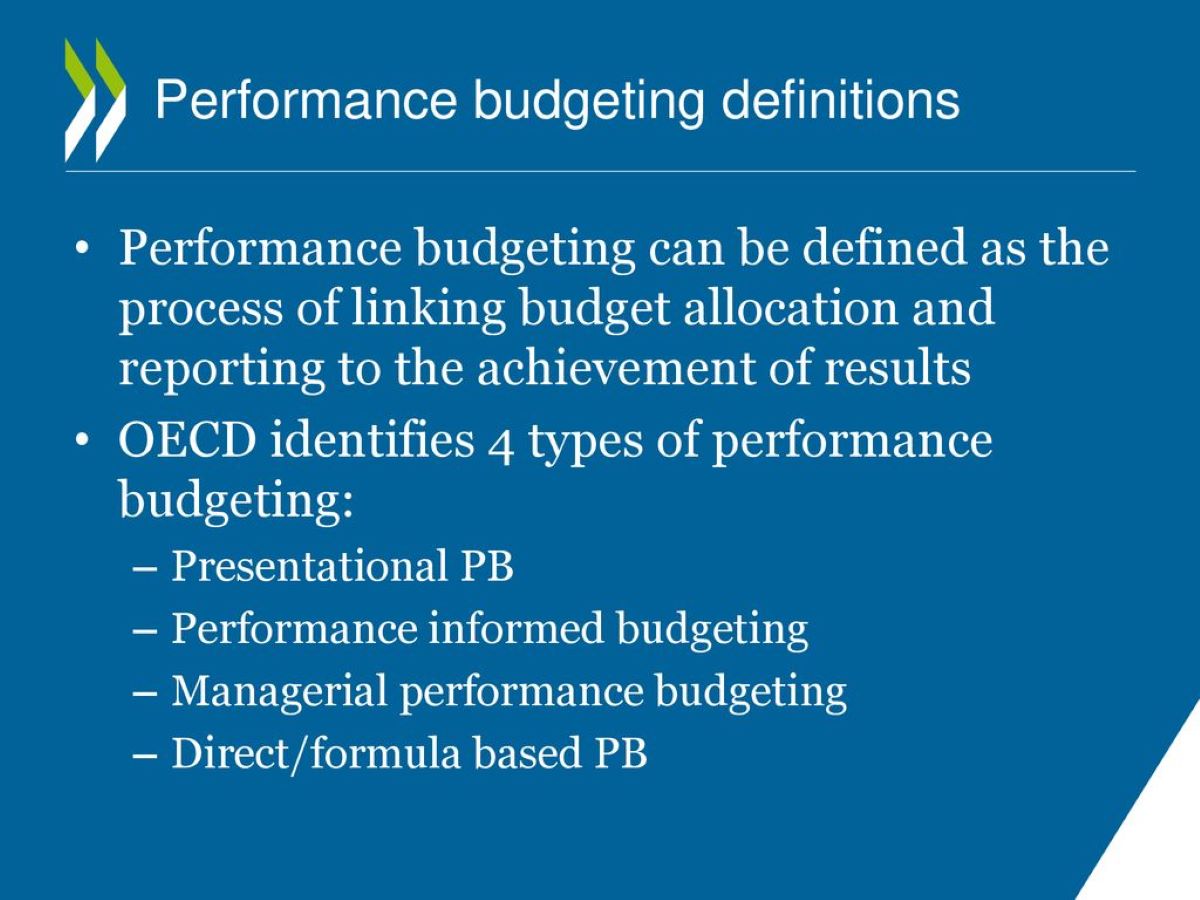

Finance
How Often Does Costco Pay Dividends?
Published: January 3, 2024
Discover how often Costco pays dividends and stay updated on their financial performance. Learn more about finance and dividend-paying stocks.
(Many of the links in this article redirect to a specific reviewed product. Your purchase of these products through affiliate links helps to generate commission for LiveWell, at no extra cost. Learn more)
Table of Contents
Introduction
Welcome to the world of dividends, where companies reward their loyal shareholders with regular cash payments. Dividends are a crucial aspect of investing, providing a reliable income stream for long-term investors. In this article, we will delve into the world of dividends and explore the dividend policy of one of the most renowned retailers in the world – Costco Wholesale Corporation.
Founded in 1983, Costco has become a household name, known for its warehouse-style retailing and commitment to providing quality products at competitive prices. As a publicly traded company, Costco has a responsibility to its shareholders, and one way it fulfills this responsibility is through the payment of dividends.
Dividends are a portion of a company’s profits distributed to its shareholders on a regular basis. These payments often serve as a reward for shareholders for their investment in the company and can be a significant factor in attracting and retaining investors.
Companies have different dividend policies, and the frequency of dividend payments can vary. Some companies pay dividends quarterly, while others pay on a semi-annual or annual basis. Understanding the dividend policy of a company can provide valuable insights for investors.
In the case of Costco, its dividend policy reflects its commitment to providing consistent and reliable returns to its shareholders. By analyzing the frequency of Costco dividend payments, we can gain a deeper understanding of the company’s financial performance and its dedication to shareholder value.
So, how often does Costco pay dividends? Let’s explore this question further and gain insights into the factors that influence dividend payment frequency, as well as the importance of dividends for investors.
Understanding Dividends
Before diving into Costco’s dividend policy, it is important to have a clear understanding of what dividends are and how they work.
Dividends are cash payments made by a company to its shareholders, usually as a portion of its profits. This payment is typically a way for companies to share their financial success with their investors. Dividends can be seen as a reward or return on investment for shareholders.
There are two main types of dividends:
- Cash Dividends: This is the most common form of dividend payment. Companies distribute cash to their shareholders in proportion to the number of shares they own. Shareholders can choose to reinvest this cash back into the company through a Dividend Reinvestment Plan (DRIP) or receive it in their brokerage account as additional income.
- Stock Dividends: In some cases, companies may choose to issue additional shares of stock to their shareholders instead of cash. This is known as a stock dividend. Shareholders receive additional shares based on the number of shares they already own, which can increase their overall ownership in the company.
Dividends are typically declared by a company’s board of directors and are paid out to all shareholders of record on a specific date known as the ex-dividend date. It is important to note that not all companies pay dividends. Some companies may reinvest their profits back into the business for growth and expansion.
Investors who are seeking regular income from their investments often look for companies that have a consistent and reliable dividend history. Dividend-paying stocks can provide a steady stream of cash flow, which can be particularly attractive for income-focused investors.
Now that we have a basic understanding of dividends, let’s explore how Costco’s dividend policy operates and how often the company pays dividends to its shareholders.
Costco’s Dividend Policy
Costco Wholesale Corporation has a long-standing commitment to delivering value to its shareholders through its dividend policy. The company’s dividend policy is built on its strong financial performance, cash flow generation, and dedication to creating long-term shareholder value.
Costco’s dividend policy is guided by several key principles:
- Stability: Costco prioritizes stability in its dividend payments. The company aims to provide consistent, predictable, and sustainable dividends to its shareholders.
- Growth: While stability is important, Costco also strives for dividend growth. The company aims to increase its dividends over time as its financial performance improves.
- Financial Health: Costco maintains a strong financial position to support its dividend policy. The company’s robust cash flow and healthy balance sheet enable it to make regular and reliable dividend payments.
- Shareholder Returns: Costco is dedicated to rewarding its shareholders for their investment. Dividends are a key component of delivering attractive shareholder returns.
Costco’s dividend policy is a reflection of its commitment to long-term shareholder value creation. By providing stable and growing dividends, the company aims to attract and retain investors who value consistent income from their investments.
Now that we understand the principles behind Costco’s dividend policy, let’s explore how often the company pays dividends to its shareholders.
Frequency of Costco Dividend Payments
Costco Wholesale Corporation has a consistent track record of paying dividends to its shareholders. The company typically follows a quarterly dividend payment schedule, meaning it pays dividends to its shareholders four times a year.
The exact dates of Costco’s dividend payments can vary from year to year, but they generally occur in January, April, July, and October. The specific dates are determined by the company’s board of directors and are announced in advance.
Costco’s quarterly dividend payments are a testament to the company’s commitment to providing regular income to its shareholders. By paying dividends on a quarterly basis, Costco ensures that investors can rely on a consistent cash flow stream from their investment in the company.
It is important to note that the amount of the dividend payment can fluctuate from quarter to quarter. Costco evaluates its financial performance, cash flow generation, and future growth prospects when determining the dividend amount. The company aims to strike a balance between rewarding shareholders and reinvesting in the business for future growth.
Investors should keep in mind that dividend payments are subject to approval by the board of directors and are based on various factors, including the company’s profitability, cash flow, and capital allocation priorities. It is always recommended to stay updated with the company’s financial reports and announcements for the latest information regarding dividend payments.
Overall, Costco’s quarterly dividend payments provide shareholders with a consistent income stream throughout the year. The frequency of these dividend payments demonstrates the company’s commitment to delivering value to its investors and its belief in the long-term growth potential of the business.
Factors Affecting Dividend Payment Frequency
Dividend payment frequency can be influenced by various factors, including a company’s financial performance, cash flow generation, growth prospects, and capital allocation priorities. Let’s delve into some of the key factors that may affect the dividend payment frequency of a company like Costco Wholesale Corporation.
- Profitability: A company’s profitability is a crucial factor in determining its ability to pay dividends. If a company consistently generates profits, it is more likely to have the financial resources to distribute dividends to its shareholders. Conversely, if a company is facing financial challenges or experiencing losses, it may prioritize preserving cash and suspend dividend payments.
- Cash Flow: The availability and sustainability of cash flow are fundamental considerations in dividend payment frequency. A company with strong and consistent cash flow generation is better positioned to support regular dividend payments. Cash flow provides the necessary liquidity for a company to distribute dividends without jeopardizing its financial stability or growth prospects.
- Growth Opportunities: Companies that are in a growth phase may choose to reinvest their earnings back into the business to fund expansion initiatives. This can impact the frequency of dividend payments, as the company may opt to allocate more capital towards growth opportunities rather than distributing it to shareholders. However, as a company matures and its growth trajectory stabilizes, it may increase its dividend payment frequency.
- Debt Obligations: Companies with high levels of debt may prioritize debt repayment over dividend payments. Servicing debt requires a significant amount of cash flow, and companies may opt to reduce or suspend dividend payments to allocate more funds toward debt reduction, improving their financial position and credit rating.
- Regulatory Compliance: Companies must adhere to regulatory requirements when it comes to dividend payments. These regulations may stipulate specific criteria, such as maintaining adequate retained earnings or meeting certain capital adequacy ratios, which can affect the frequency of dividend payments.
It is important to note that dividend payment frequency is ultimately determined by a company’s management and board of directors. They evaluate various factors, including financial performance, growth prospects, and shareholder expectations, when making decisions regarding dividend payments. This ensures that the company maintains a balance between rewarding shareholders and maintaining a sustainable financial position.
When analyzing dividend-paying companies, it is crucial for investors to consider the factors mentioned above and assess the company’s ability to sustain its dividend payments over the long term.
Dividend Growth at Costco
Costco Wholesale Corporation has a history of consistent dividend growth, reflecting the company’s strong financial performance and commitment to returning value to its shareholders. Dividend growth is an important factor for investors to consider as it can enhance the overall return on investment.
Over the years, Costco has steadily increased its dividend payments, rewarding shareholders with higher income and capital appreciation. The company’s dividend growth is a testament to its ability to generate cash flow and its commitment to long-term shareholder value creation.
It is important to note that dividend growth is not guaranteed, and companies may adjust their dividend policies based on various factors, including economic conditions, industry dynamics, and internal financial priorities. However, Costco’s consistent track record of increasing dividends demonstrates its dedication to providing shareholders with a growing income stream.
The rate of dividend growth at Costco has been impressive. Historically, the company has increased its dividend on an annual basis, often in the range of low to mid-single-digit percentages. This gradual increase reflects Costco’s desire to balance rewarding shareholders with maintaining a prudent approach to dividend payments.
Costco’s dividend growth can be attributed to several factors:
- Strong Financial Performance: Costco’s consistent profitability and cash flow generation have provided the foundation for dividend growth. The company’s ability to generate sustainable earnings has allowed it to increase dividends over time.
- Shareholder Value Creation: Costco’s commitment to creating value for its shareholders is evident through its dividend growth. By increasing dividends, the company aims to enhance shareholder returns and attract long-term investors.
- Healthy Balance Sheet: Costco maintains a strong and healthy balance sheet, providing it with the financial stability to support dividend growth. This financial strength enables the company to allocate funds towards rewarding shareholders through higher dividend payments.
- Confidence in Future Prospects: Dividend growth at Costco also reflects the company’s confidence in its future prospects. By increasing dividends, the company signals its belief in its ability to sustain and grow earnings in the long run.
It is important for investors to consider the historical dividend growth of a company, like Costco, when evaluating its investment potential. While past performance does not guarantee future results, consistent dividend growth can indicate a company’s financial stability and commitment to shareholder value.
Investors should also note that dividend growth is just one aspect to consider when assessing the overall investment opportunity. Factors such as the company’s financial health, competitive positioning, and industry dynamics should also be taken into account.
Importance of Dividends for Investors
Dividends play a crucial role in investment strategies and can provide significant benefits for investors. Let’s explore the importance of dividends and why they are considered valuable by many.
1. Income Generation: Dividends serve as a reliable source of income for investors, especially those seeking consistent cash flow from their investment portfolios. Dividend-paying stocks provide regular payments that can be used to cover expenses, reinvested, or saved for future needs. This income stream can be particularly beneficial for retirees or individuals relying on investment income to meet their financial goals.
2. Risk Mitigation: Dividend-paying stocks tend to be more stable and less volatile than non-dividend-paying stocks. Companies that are consistently paying dividends often have established business models and strong cash flows, which generally indicates financial stability. Dividends can provide a buffer against market downturns, dampening the impact of price fluctuations and potentially reducing overall investment risk.
3. Long-term Wealth Accumulation: Dividends can contribute significantly to long-term wealth accumulation. Reinvesting dividends through a Dividend Reinvestment Plan (DRIP) allows investors to purchase additional shares of stock without incurring transaction fees. Over time, this compounding effect can lead to a larger position in the company and potential capital appreciation. Dividends, when reinvested, can fuel the growth of an investment portfolio and significantly enhance returns over the long haul.
4. Return on Investment: Dividends provide a tangible return on investment, allowing shareholders to directly benefit from a company’s success. When a company pays dividends, it signals that it is generating profits and has confidence in its future prospects. Dividends can be seen as a tangible reward for shareholders’ ongoing support and an important component of total return for investors.
5. Company Performance Indicator: Dividend payments can be viewed as a reflection of a company’s financial health and performance. Consistent or increasing dividends indicate that a company has the financial strength to return a portion of its profits to shareholders. Companies that prioritize and consistently pay dividends often exhibit strong management, reliable cash flow generation, and a long-term commitment to creating shareholder value.
6. Attractive to Income-focused Investors: Dividend-paying stocks are highly sought after by income-focused investors, such as retirees or those seeking regular income. Dividends provide a steady income stream, which can be used to cover living expenses, fund retirement, or supplement other sources of income. For investors relying on investment income, dividend-paying stocks offer a potential solution to generate consistent cash flow over time.
Overall, dividends offer multiple advantages for investors, including income generation, risk mitigation, long-term wealth accumulation, tangible returns, insight into company performance, and attraction to income-focused investors. As with any investment strategy, it is important to carefully evaluate individual stocks, considering factors such as dividend history, financial health, and growth prospects, to make informed investment decisions.
Conclusion
Dividends are a vital aspect of investing and can provide significant benefits for shareholders. In the case of Costco Wholesale Corporation, its dividend policy reflects its commitment to consistent and reliable returns for its shareholders. By paying dividends on a quarterly basis, Costco ensures that investors can rely on a regular income stream.
Understanding the factors that influence dividend payment frequency and dividend growth can provide valuable insights for investors. Factors such as profitability, cash flow, growth opportunities, debt obligations, and regulatory requirements can impact a company’s dividend policy.
Costco’s consistent dividend growth showcases its dedication to rewarding shareholders and its confidence in future prospects. Dividends at Costco not only provide income generation but also contribute to long-term wealth accumulation through dividend reinvestment.
For investors, dividends hold multiple advantages, including income generation, risk mitigation, tangible returns, and insight into company performance. Dividend-paying stocks, like those offered by Costco, can be particularly attractive to income-focused investors seeking reliable cash flow.
However, it is important for investors to consider various factors when evaluating dividend-paying stocks, such as the company’s financial health, growth prospects, and overall investment strategy.
In conclusion, dividends play a pivotal role in investment strategies and are highly valued by shareholders. Costco’s commitment to providing consistent dividend payments reflects its dedication to creating long-term shareholder value. By understanding the dividend policy and growth history of a company like Costco, investors can make informed decisions and potentially benefit from the income and total return potential offered by dividend-paying stocks.
